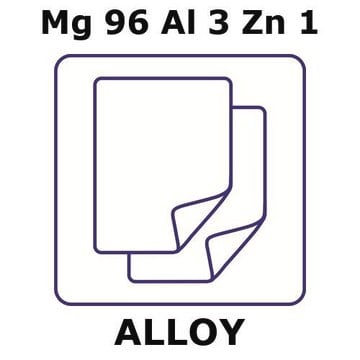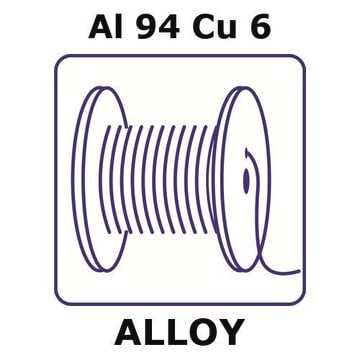GF79893444
Lead
rod, 1000mm, diameter 19.0mm, 99.95%
Sinónimos:
Lead, PB007950
About This Item
Productos recomendados
Análisis
99.95%
formulario
rod
fabricante / nombre comercial
Goodfellow 798-934-44
resistividad
20.65 μΩ-cm
L × diám.
1000 mm × 19 mm
bp
1740 °C (lit.)
mp
327.4 °C (lit.)
cadena SMILES
[Pb]
InChI
1S/Pb
Clave InChI
WABPQHHGFIMREM-UHFFFAOYSA-N
Descripción general
Información legal
Palabra de señalización
Danger
Frases de peligro
Consejos de prudencia
Clasificaciones de peligro
Aquatic Acute 1 - Aquatic Chronic 1 - Lact. - Repr. 1A - STOT RE 1 Oral
Órganos de actuación
Central nervous system,Blood,Immune system,Kidney
Código de clase de almacenamiento
6.1C - Combustible acute toxic Cat.3 / toxic compounds or compounds which causing chronic effects
Clase de riesgo para el agua (WGK)
nwg
Punto de inflamabilidad (°F)
Not applicable
Punto de inflamabilidad (°C)
Not applicable
Certificados de análisis (COA)
Busque Certificados de análisis (COA) introduciendo el número de lote del producto. Los números de lote se encuentran en la etiqueta del producto después de las palabras «Lot» o «Batch»
¿Ya tiene este producto?
Encuentre la documentación para los productos que ha comprado recientemente en la Biblioteca de documentos.
Nuestro equipo de científicos tiene experiencia en todas las áreas de investigación: Ciencias de la vida, Ciencia de los materiales, Síntesis química, Cromatografía, Analítica y muchas otras.
Póngase en contacto con el Servicio técnico





